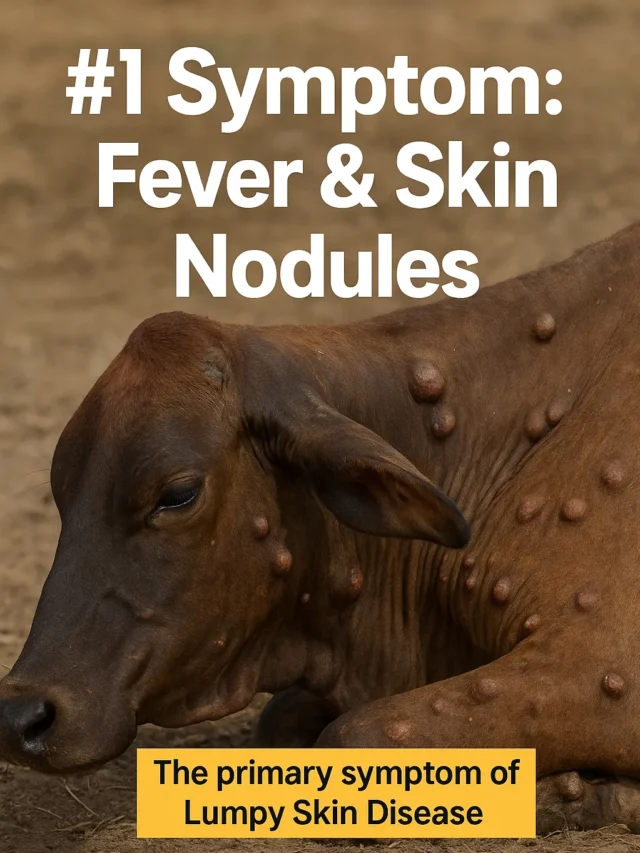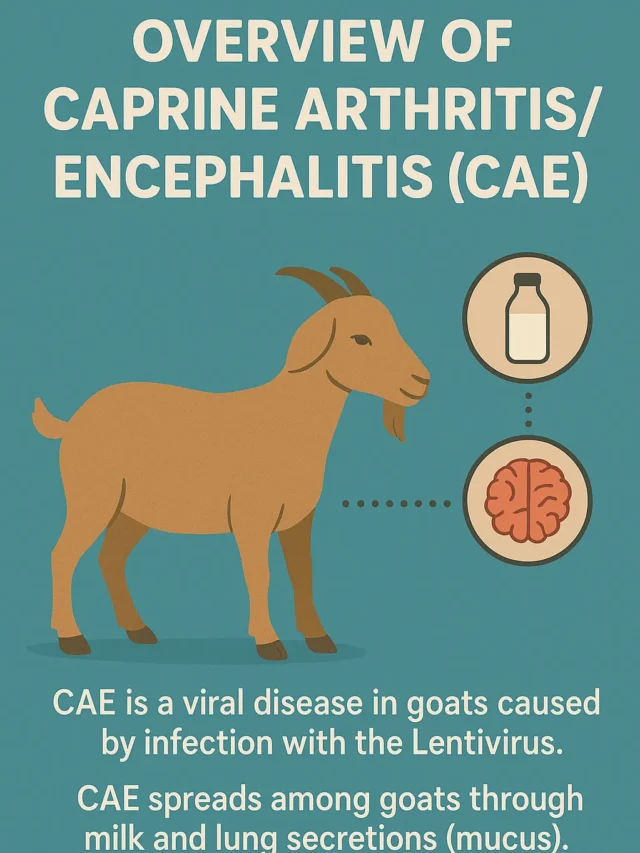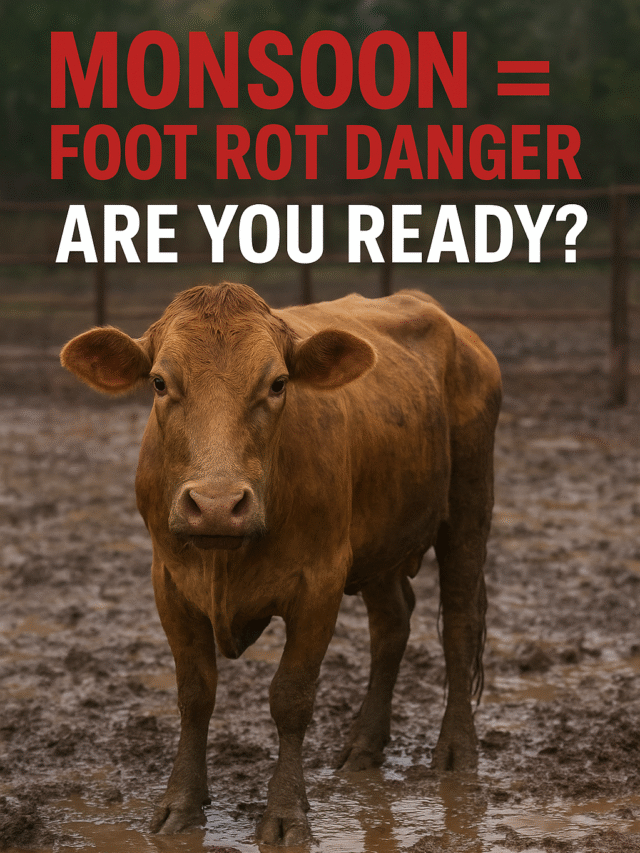Marek’s Disease in Chickens: Symptoms, Causes, Treatment, and Prevention
Viral diseases in poultry farming industries cause significant losses every year. Some of these diseases are zoonotic, posing not only a threat to the health of chickens but also to human health.
Several types of viral diseases affect chickens, but the most commonly observed diseases are as follows:
- Marek’s Disease
- Newcastle Disease
- Infectious Bursal Disease
- Bird Flu / Avian Influenza (Fowl Plague):
This is a zoonotic disease that can spread from chickens to humans.
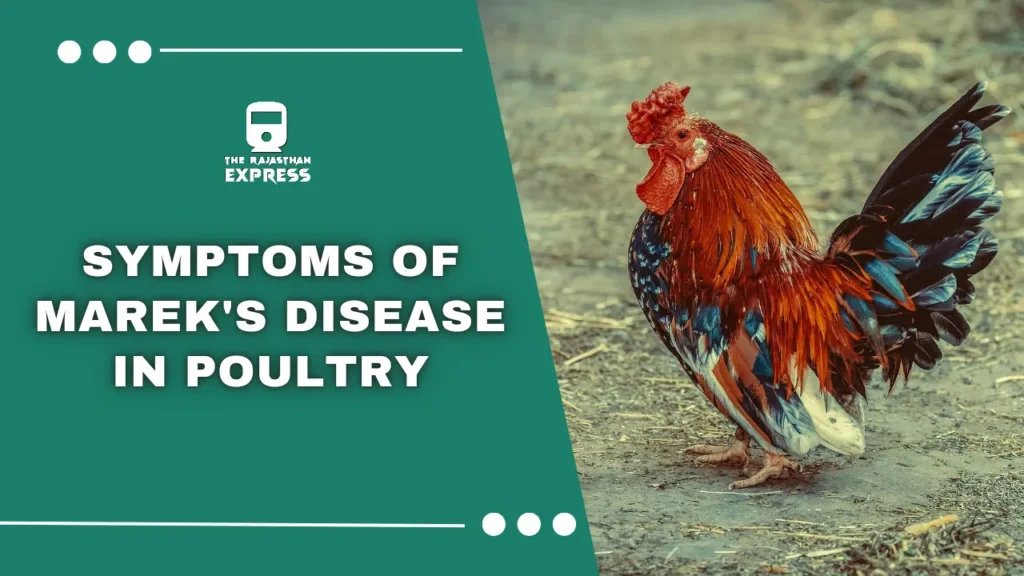
What is Marek’s Disease?
Marek’s Disease (MD) is a lymphomatous and neuropathic disease that occurs in Gallinaceous birds and is caused by the Alpha-Herpesvirus (Marek’s Disease Virus – MDV). Birds get infected with this disease through contaminated dust from the poultry house.
Marek’s Disease, also known as Neural Leukosis and Range Paralysis, is a viral infection that primarily affects chickens. It is one of the common diseases in small flocks, and once symptoms appear, it is impossible to treat. The disease is caused by the Herpes Virus (HV) and has a serious impact on poultry. It causes paralysis of the muscles in chickens, making it impossible for them to walk or fly. Additionally, cancer-like symptoms can also be seen in certain organs. Through this blog post, we will discuss the symptoms, causes, and treatment of Marek’s Disease and understand how farmers can prevent it from occurring.
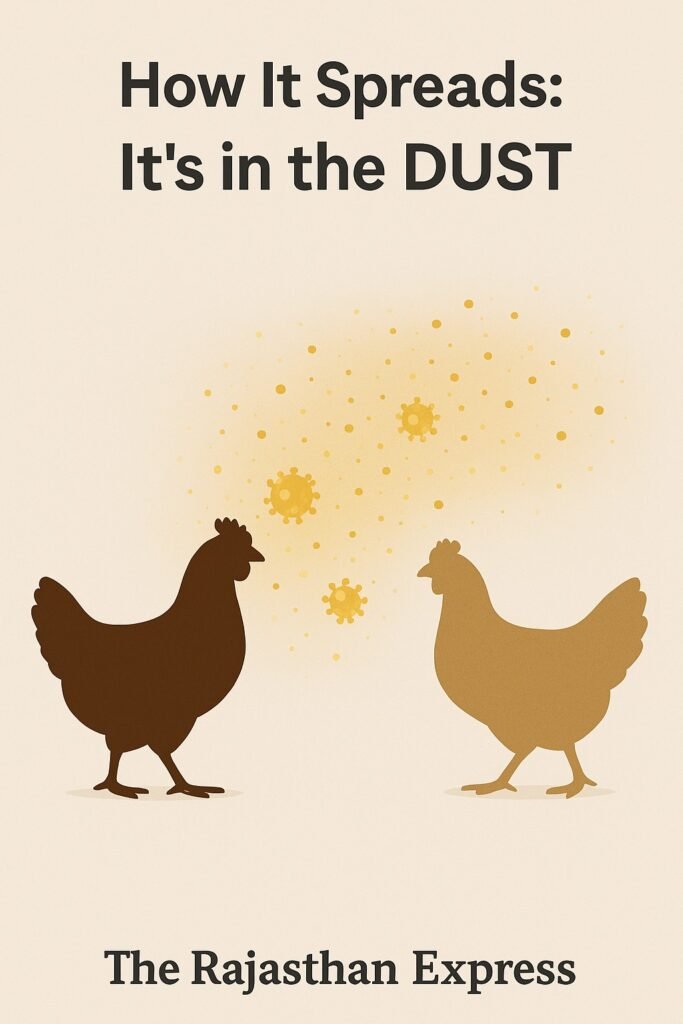
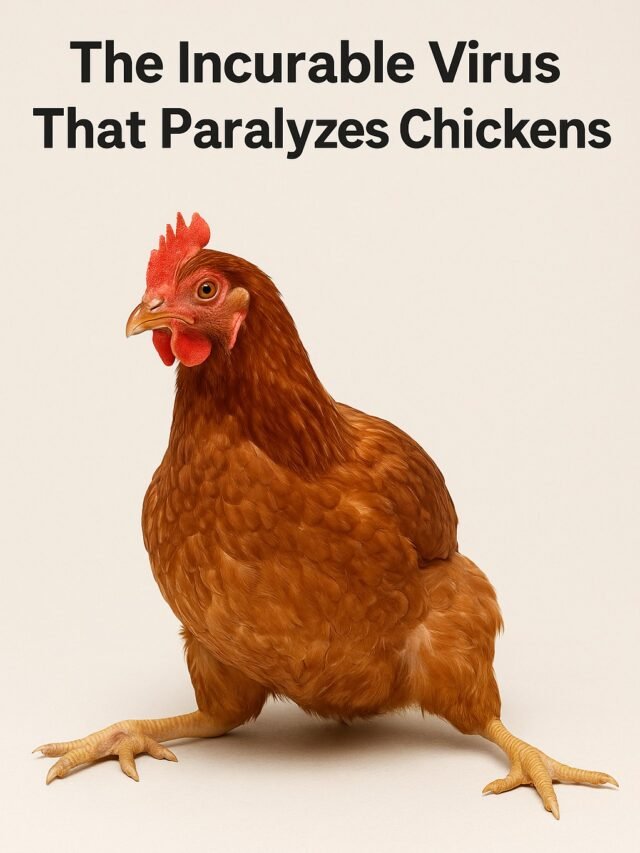
Marek’s Disease in Chickens
| Definition | A lymphomatous and neuropathic viral disease of Gallinaceous birds caused by Marek’s Disease Virus (MDV), an Alpha-Herpesvirus. Also known as Neural Leukosis and Range Paralysis. |
|---|---|
| Etiology |
|
| Transmission |
|
| Age of Occurrence |
Most common in chickens aged 12–24 weeks (growing phase). High susceptibility: Leghorns, light egg-laying breeds, and Silkie chickens. |
| Clinical Forms & Symptoms |
|
| Diagnosis Methods |
|
| Treatment | No effective treatment. Infected birds remain carriers for life. Culling and disinfection required. |
| Prevention / Vaccination |
|
| Impact |
|
| Sources: The Rajasthan Express; OIE (World Organisation for Animal Health); USDA APHIS; FAO Animal Health Manual; ICAR-NIHSAD Bhopal | |
Etiology of Marek’s Disease
The primary cause of Marek’s Disease is the Herpes Virus. This virus does not infect humans. Once a chicken is infected with the Herpes Virus, it remains infected for life. The virus primarily causes inflammation in the Brachial Nerve, which supplies signals to the wings, and the Sciatic Nerve, which supplies signals to the legs. As a result, chickens become unable to walk, leading to the condition known as Range Paralysis, and they are also unable to fly.
The Marek’s Disease virus infects and destroys B-Lymphocytes and T-Lymphocytes cells in the body, weakening the chicken’s immune system.
How Marek’s Disease Spreads
- Through Contaminated Dust and Soil
The virus is present in the dust and soil left behind by infected chickens. When healthy chickens inhale this dust or soil, they get infected. Once the virus enters a farm, it can remain for a long period, typically 2-3 years. Infected birds should be culled, and the farm should be thoroughly sanitized with antiseptics or disinfectants. - Young Chicks are More Vulnerable
This disease affects young chicks more than adult chickens. - Through Food and Water
Marek’s Disease spreads when healthy chickens consume food and water contaminated by infected birds. The risk of disease transmission is highest in Free Range Housing Systems. - Through Human Contact
The virus-laden dust can be transferred from one place to another through the hands, clothes, shoes, hair, and skin of farm workers, potentially infecting healthy chickens. - Eggs Do Not Spread the Infection
Marek’s Disease does not spread through eggs (Hatching Eggs). In other words, chicks hatching from eggs laid by an infected hen do not carry the virus. Chicks can only become infected when they come into contact with virus-laden dust, soil, or other contaminated food.

Symptoms of Marek’s Disease in Chickens
Marek’s Disease primarily presents in three forms:
1. Classical Neurological Form
2. Lymphoproliferative Form
3. Vasogenic Oedema and Paralysis

- Classical Neurological Form
- Inflammation of the Brachial Nerve
Chickens with Marek’s Disease experience inflammation in the Brachial Nerve. This nerve transmits signals to the wings, but due to the inflammation, the signal is blocked, preventing the chicken from flying. - Inflammation of the Sciatic Nerve
The Sciatic Nerve sends signals to the legs to help the chicken walk. Inflammation of this nerve blocks the signal, resulting in the chicken being unable to walk. This condition is known as Range Paralysis. - Paralysis
Affected chickens may experience paralysis in their legs and wings. The chicken will lie on the ground with one or both legs and wings spread out. This is referred to as “Splits” or “Sportsman-Like Posture.”
- Inflammation of the Brachial Nerve
- Lymphoproliferative Form
- Grey Eye or Pearl Eye
Infection can cause the chicken’s eyes to change color, presenting as “Grey Eye” or “Pearl Eye.“ - Hepatomegaly and Splenomegaly
The liver and spleen of chickens affected by Marek’s Disease become enlarged, increasing the risk of cancer-like cell growth in the body.
- Grey Eye or Pearl Eye
- Vasogenic Oedema and Paralysis
In this form, chickens develop vasogenic oedema in the brain (fluid accumulation in the brain), which can result in temporary paralysis. This symptom is associated with more virulent strains of the herpes virus.

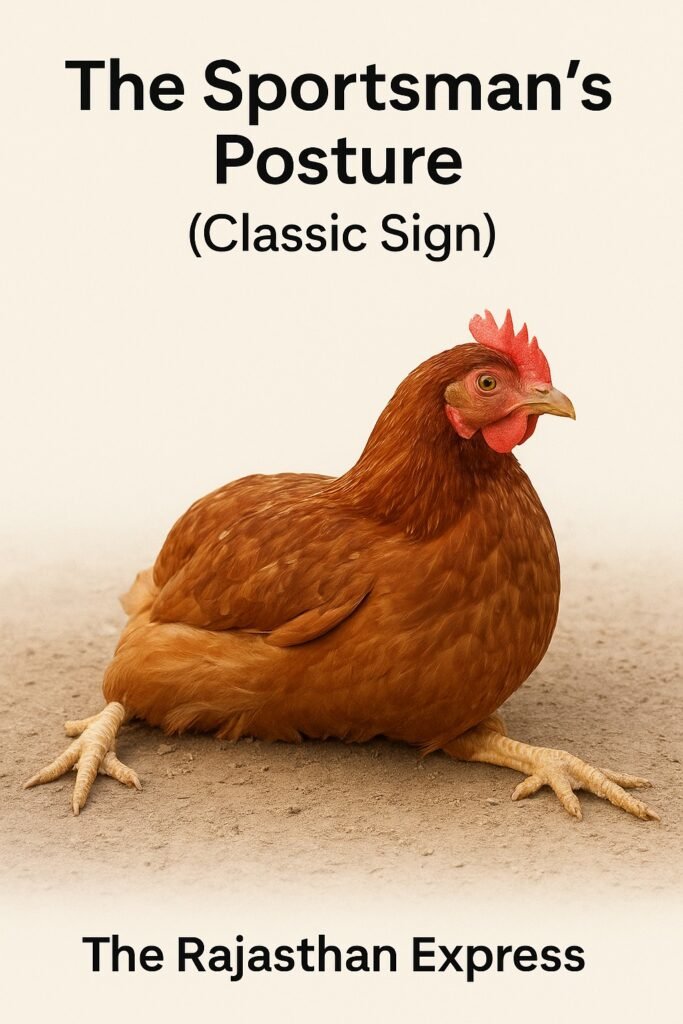
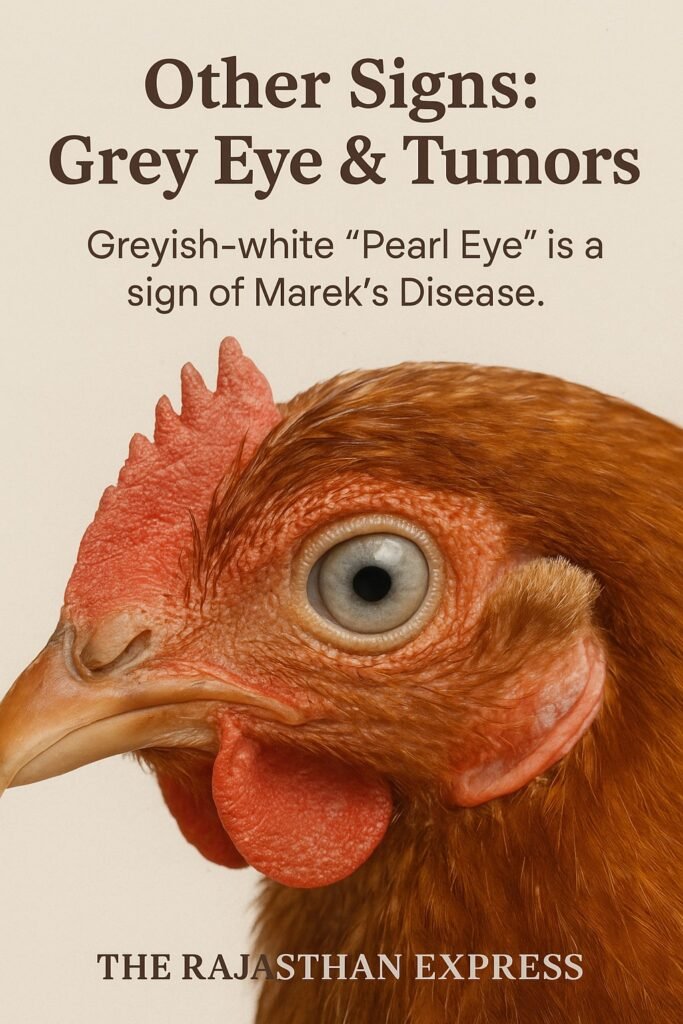
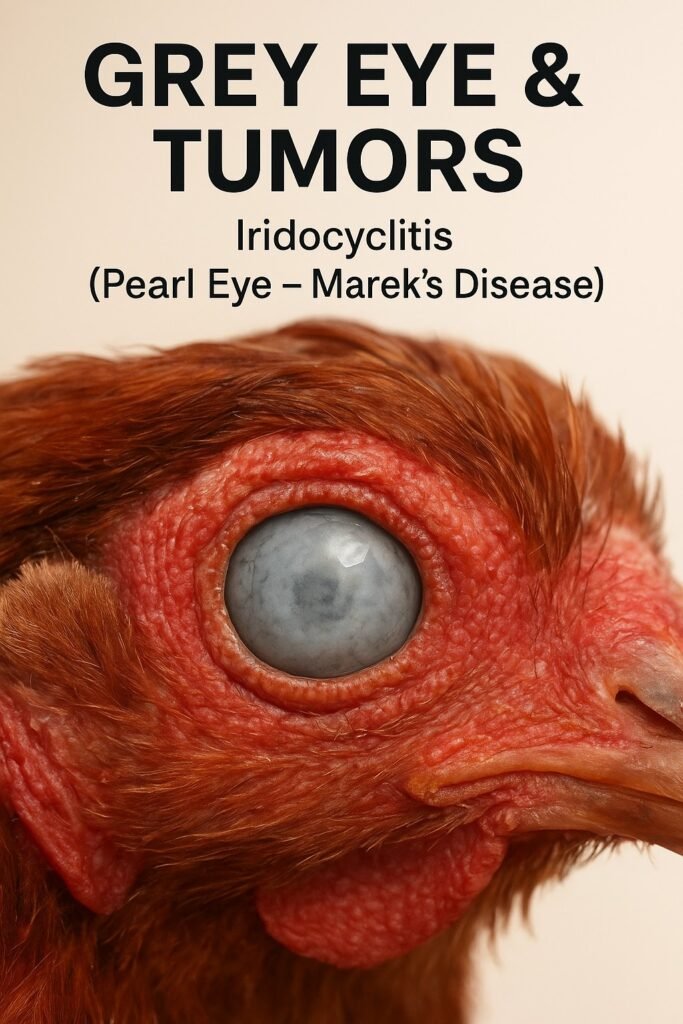

Age of Occurrence (When Does the Disease Occur?):
- Marek’s Disease is most commonly found in chickens aged 12 to 24 weeks. It is particularly observed during the growing phase of chickens.
- Leghorns and light egg-laying breeds are more susceptible to Marek’s Disease.
- Silkie breed chickens are especially highly sensitive to Marek’s Disease.
Diagnosis of Marek’s Disease in Chickens
| Comparison of Diagnostic Methods: Objectives & Contributions | |||||||
| Method | Objective | Population Freedom from Infection | Individual Animal Freedom Prior to Movement | Contribution to Eradication Policies | Confirmation of Clinical Cases | Prevalence – Surveillance | Immune Status Post-Vaccination |
|---|---|---|---|---|---|---|---|
| Histopathology | Study of tissue structure, detection of lymphoma | – | – | +++ | – | – | – |
| Virus Isolation | Isolation and identification of the virus | – | – | + | – | – | – |
| Antigen Detection | Detection of virus antigens | – | – | + | – | – | – |
| PCR (Polymerase Chain Reaction) | Identification of viral genetic material | – | – | ++ | +++ | – | + |
| Real-time PCR | Immediate identification of the virus | – | – | +++ | +++ | – | + |
| LAMP | Loop-mediated Isothermal Amplification (virus ID) | – | – | ++ | +++ | – | + |
| AGID | Agar Gel Immunodiffusion (antibody detection) | – | – | – | + | + | + |
| IFA | Indirect Fluorescent Antibody (antibody detection) | – | – | – | + | + | + |
|
👉 Key: + = Useful, ++ = Strongly useful, +++ = Highly reliable, – = Not applicable. 🔵 Molecular tests (PCR, Real-time PCR, LAMP) = rapid & confirmatory. 🟢 Serological tests (AGID, IFA) = useful for surveillance & post-vaccination monitoring. | |||||||
Objectives of Diagnosis:
- Confirmation of Clinical Cases: This test ensures that the symptoms of the disease are indeed related to Marek’s Disease.
- Prevalence of Infection – Surveillance: This test is conducted to detect the spread of Marek’s Disease.
- Post-Vaccination Immune Status Check: This test checks whether antibodies have been produced in the bird after vaccination.
Prevention / Vaccination of Marek’s Disease in Chickens
There is no effective treatment for Marek’s Disease; prevention is the only solution. Vaccination is the most effective method to prevent Marek’s Disease. The vaccine is administered to chickens at 1-day-old.
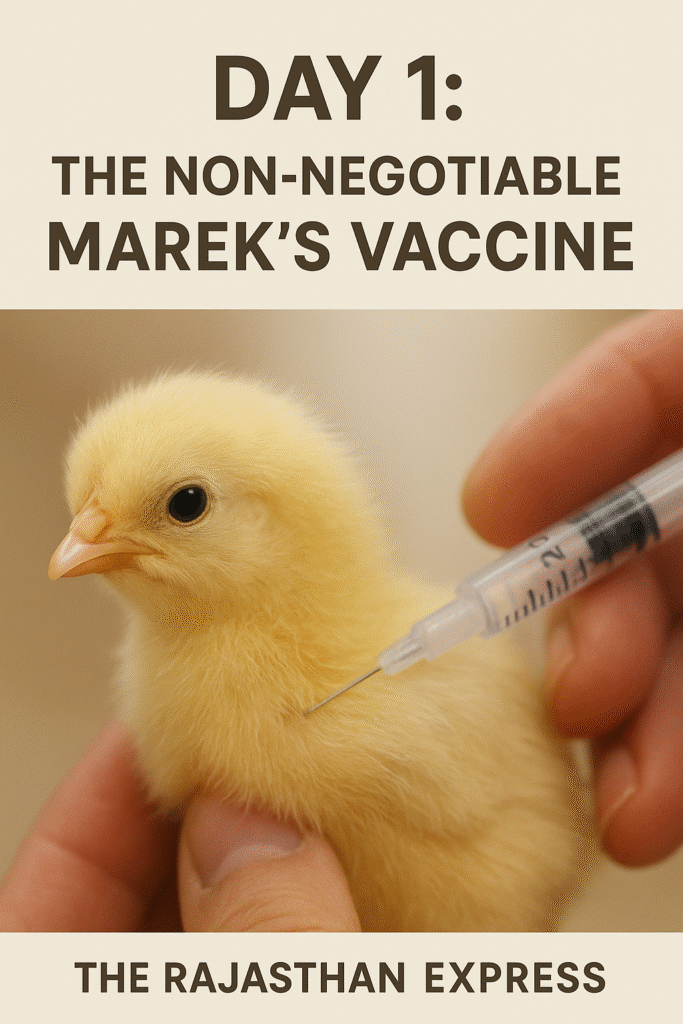
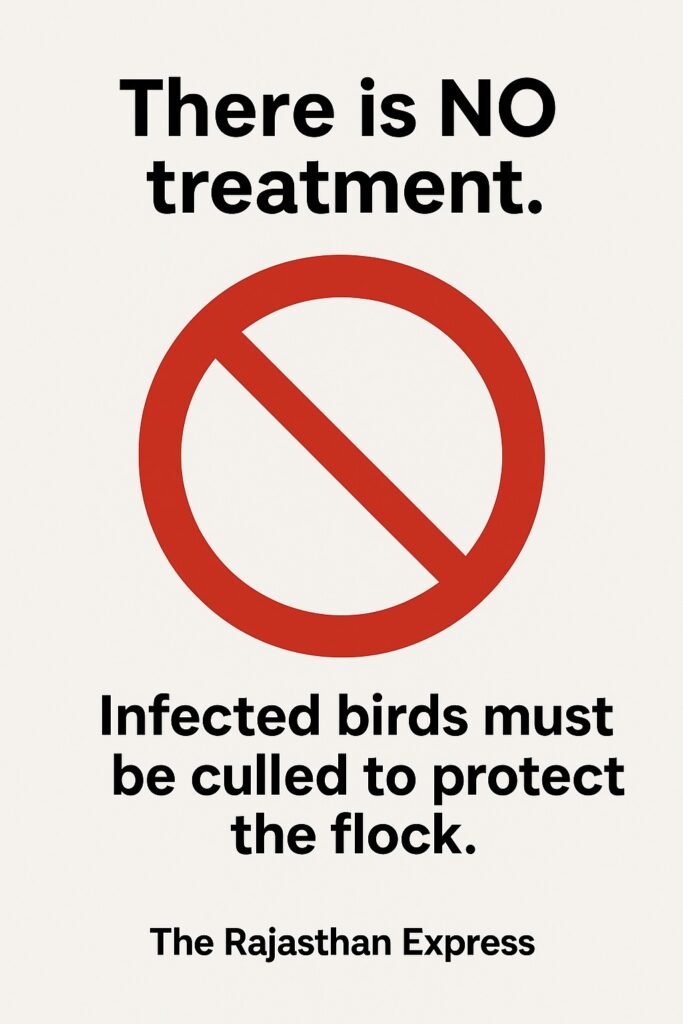
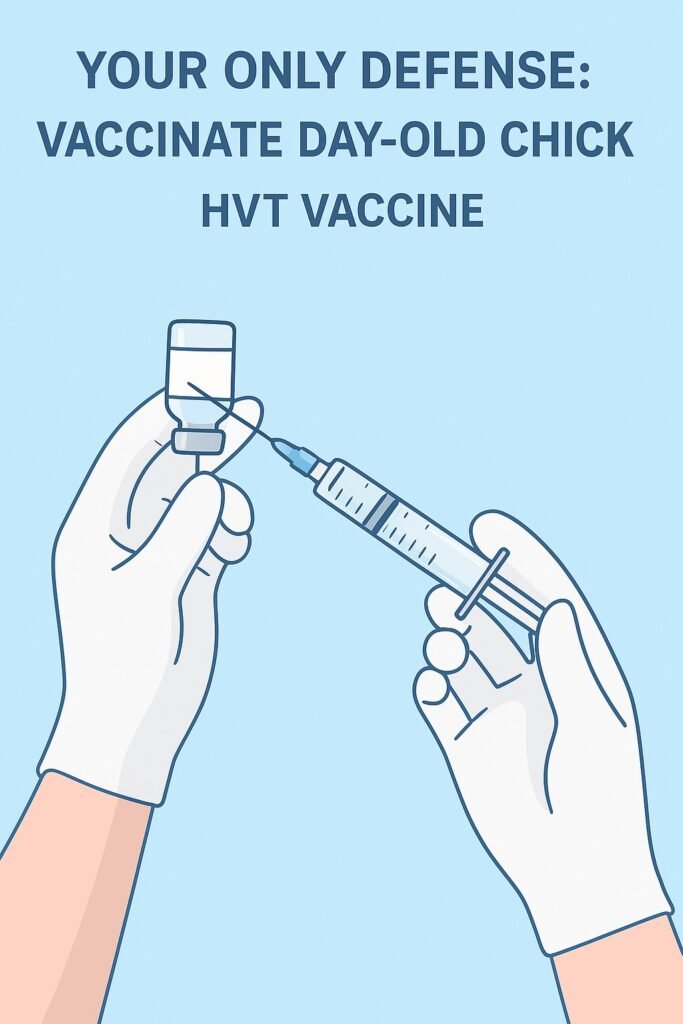
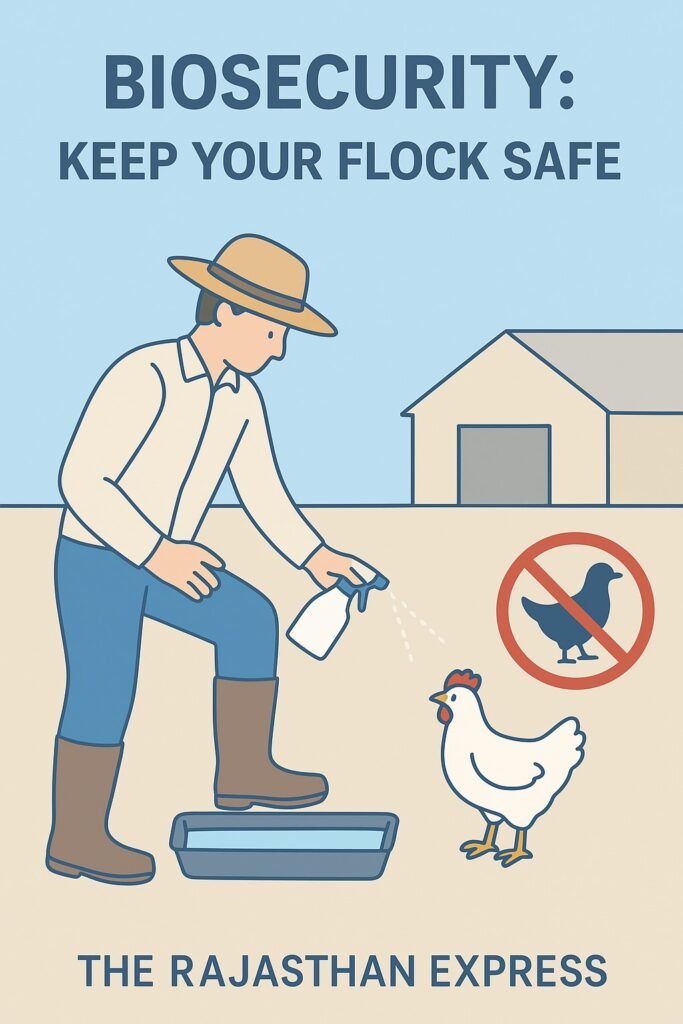
| HVT – MD Vaccine (Herpes Virus Turkey) | ||||
| Vaccine Name | Dosage | Age | Method of Administration | Benefits |
|---|---|---|---|---|
| HVT – MD Vaccine (Herpes Virus Turkey) | 0.2 mL | 1-day-old chick | Subcutaneous (S/C) | Provides effective protection to chickens against Marek’s Disease virus, preventing infection and spread. |
| 👉 This vaccine is a key preventive measure against Marek’s Disease in poultry. | ||||
People Also Ask
How will I know if my hen has Marek’s disease?
- Paralysis: The hen’s legs and wings become paralyzed, preventing her from walking or flying.
- Grey or Pearl Eye: The color of the hen’s eyes changes, becoming cloudy or pearlescent.
- Hepatomegaly and Splenomegaly: The liver and spleen increase in size.
- Swelling in Nerves: Swelling occurs in the brachial and sciatic nerves.
